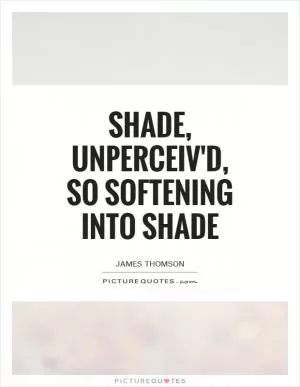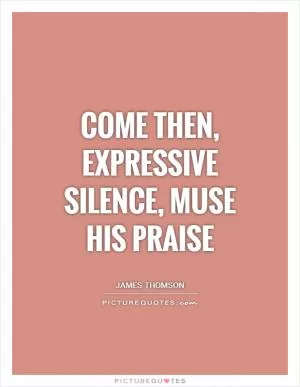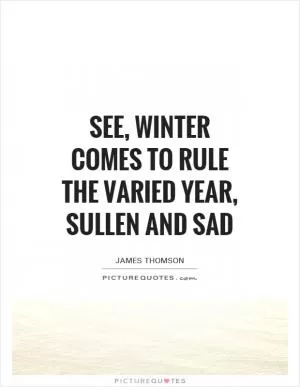Patient of thirst and toil, son of the desert, e'en the camel feels, shot through his wither'd heat, the fiery blast

Patient of thirst and toil, son of the desert, e'en the camel feels, shot through his wither'd heat, the fiery blast
James Thomson was a Scottish poet and playwright who was known for his vivid descriptions of nature and his ability to capture the beauty and harshness of the natural world. In his poem "The Deserted Village," Thomson paints a picture of a barren landscape where even the hardiest of creatures, like the camel, struggle to survive.The line "Patient of thirst and toil, son of the desert, e'en the camel feels, shot through his wither'd heat, the fiery blast" speaks to the resilience and endurance of the camel, a creature that is well adapted to the harsh conditions of the desert. The camel is able to withstand long periods without water and can travel great distances across the arid landscape. However, even the camel is not immune to the intense heat of the desert, as Thomson describes the animal being "shot through his wither'd heat" by the fiery blast of the sun.
Thomson's use of language in this line is powerful and evocative, conveying the sense of struggle and suffering that the camel endures in its harsh environment. The repetition of the word "heat" emphasizes the oppressive nature of the desert climate and the toll it takes on both man and beast. The camel, as the "son of the desert," is a symbol of resilience and endurance, but even this hardy creature is not immune to the challenges of its environment.












 Friendship Quotes
Friendship Quotes Love Quotes
Love Quotes Life Quotes
Life Quotes Funny Quotes
Funny Quotes Motivational Quotes
Motivational Quotes Inspirational Quotes
Inspirational Quotes